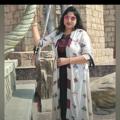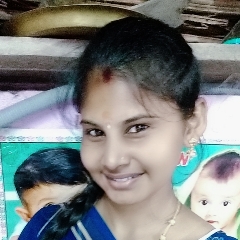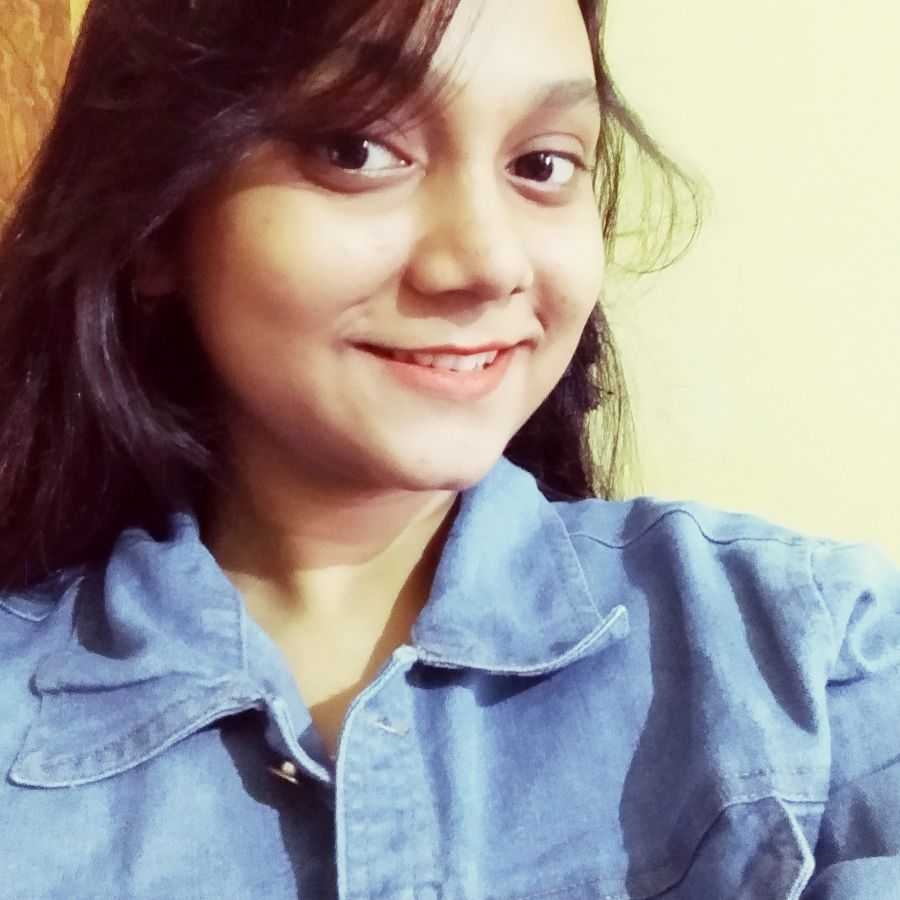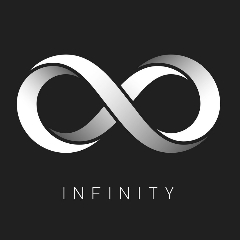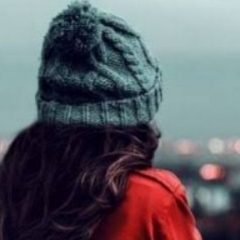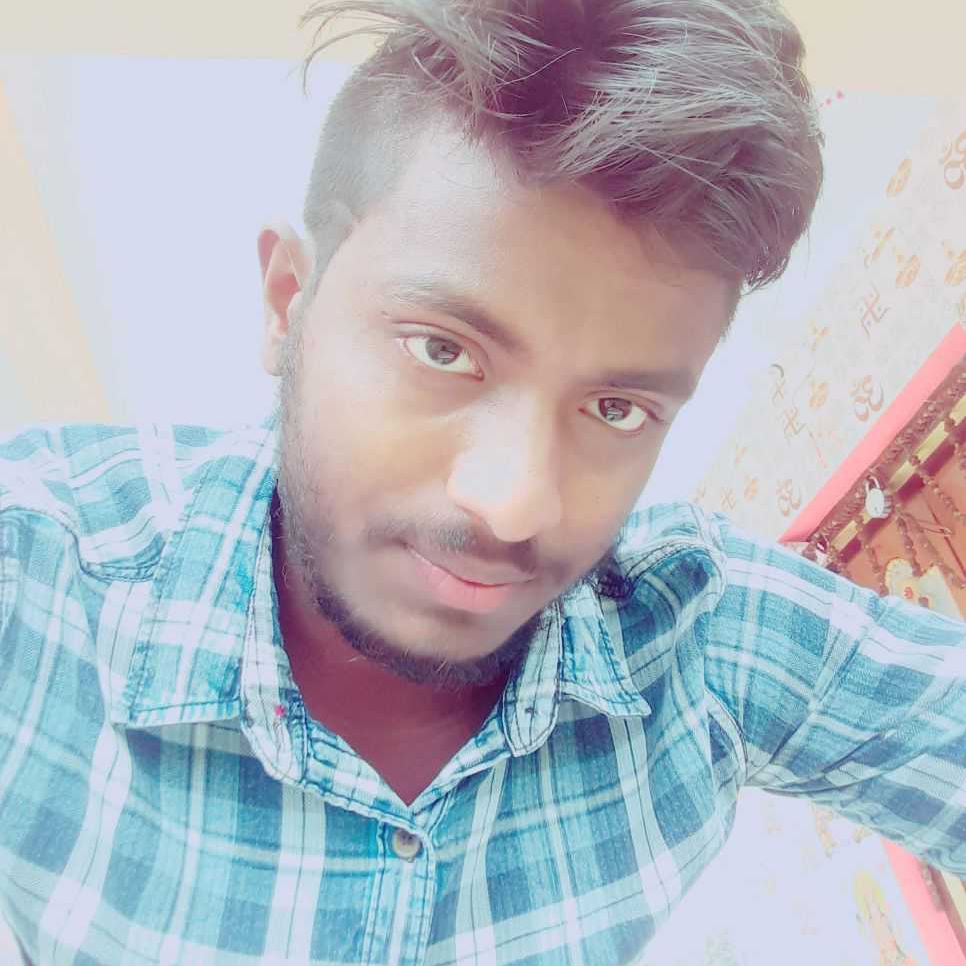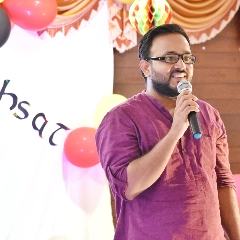Question 1 :
Choose the correct answer:
Joint where our neck joins the head is -
Question 2 :
Provide one word answers to the following statement : Joint where our neck joins the head.
Question 3 :
Write the type of joint which is used for the following movement: A girl moves her head in right and left direction.
Question 4 :
Bowl an imaginary ball at an imaginary wicket. How did you rotate your arm?
Question 5 :
Write one word for : The single long bone of the upper arm.
Question 6 :
<img style='object-fit:contain' src='https://teachmint.storage.googleapis.com/question_assets/cbse_ncert/61b1c6fbf59b460d7261e66a.PNG' />
Given above is the picture of a skeleton. What is i ?
Question 7 :
Bend your fingers. Are you able to bend them at every joint?
Question 8 :
Write the type of joint which is used for the following movement: A cricket bowler bowls the ball.
Question 9 :
<img style='object-fit:contain' src='https://teachmint.storage.googleapis.com/question_assets/cbse_ncert/61b1c6dbf59b460d7261e63f.jpg' />
A cylinder is made with a cardboard by a person, as shown in given figure. Then, he attaches a small pencil to the cylinder by piercing the cylinder at the centre, as shown. Now, he makes a hollow half cylinder from cardboard such that the rolled up cylinder can fit inside it easily. The hollow half cylinder with the rolled up cylinder sitting inside it, allows movement like a hinge. He tries to move the rolled up cylinder. How does it move?
Question 10 :
<img style='object-fit:contain' src='https://teachmint.storage.googleapis.com/question_assets/cbse_ncert/61b1c6d8f59b460d7261e63a.jpg' />
A person A places a scale length-wise on his arm so that his elbow is in the centre as shown in the above figure. Then, another person B ties the scale with the arm together. Now, person A tries to bend his elbow. Will he be able to do it?
Question 11 :
<img style='object-fit:contain' src='https://teachmint.storage.googleapis.com/question_assets/cbse_ncert/61b1c6f7f59b460d7261e666.PNG' />
Given above is the picture of a skeleton. What is e ?
Question 12 :
The types of movements seen in Duck is/are: (i) Flying (ii) Walking (iii) Swimming (iv) Running (v) Creeping (vi) Slithering
Question 13 :
Which of the following types of movements is seen in snail.
Question 16 :
Write the type of joint which is used for movement:
A girl moves her head in right and left direction.
Question 17 :
Which of the following types of movements is seen in duck.
Question 18 :
Indicate true (T) or false (F): The finger bones do not have joints.
Question 24 :
<img style='object-fit:contain' src='https://teachmint.storage.googleapis.com/question_assets/cbse_ncert/61b1c6f8f59b460d7261e667.PNG ' />
Given above is the picture of a skeleton. What is f ?
Question 25 :
The type of joint of your hand which help you to grasp a badminton racquet is
Question 29 :
Which of the following types of movements is seen in kangaroo.
Question 31 :
Which of the following types of movements is seen in human beings.
Question 32 :
Indicate True(T) and False(F) in this sentence: Cockroaches have an outer skeleton.
Question 34 :
<img style='object-fit:contain' src='https://teachmint.storage.googleapis.com/question_assets/cbse_ncert/61b1c6d9f59b460d7261e63c.jpg' />
A paper boat is put in water and pushed with one narrow end pointing forward as shown in the figure. Now, it is hold sideways and pushed into the water from the broad side.When pushed the boat from this side, will it be able to make the boat move forward in water?
Question 36 :
The types of movements seen in Human being is/are: (i) Flying (ii) Walking (iii) Running (iv) Creeping (v) Slithering
Question 39 :
If our body has no joints, do you think it would be possible for us to move in any way at all?
Question 40 :
How does earthworm fix parts of its body to the ground?
Question 41 :
Which of the following parts of our body help us in movement?
(i) Bones
(ii) Skin
(iii) Muscles
(iv) Organs
Choose the correct answer from the option below.
Question 44 :
<img style='object-fit:contain' src='https://teachmint.storage.googleapis.com/question_assets/cbse_ncert/61b1c6f9f59b460d7261e668.PNG ' />
Given above is the picture of a skeleton. What is g ?
Question 45 :
The types of movements seen in Kangaroo is/are: (i) Flying (ii) Walking (iii) Swimming (iv) Running (v) Creeping (vi) Slithering (vii) Jumping
